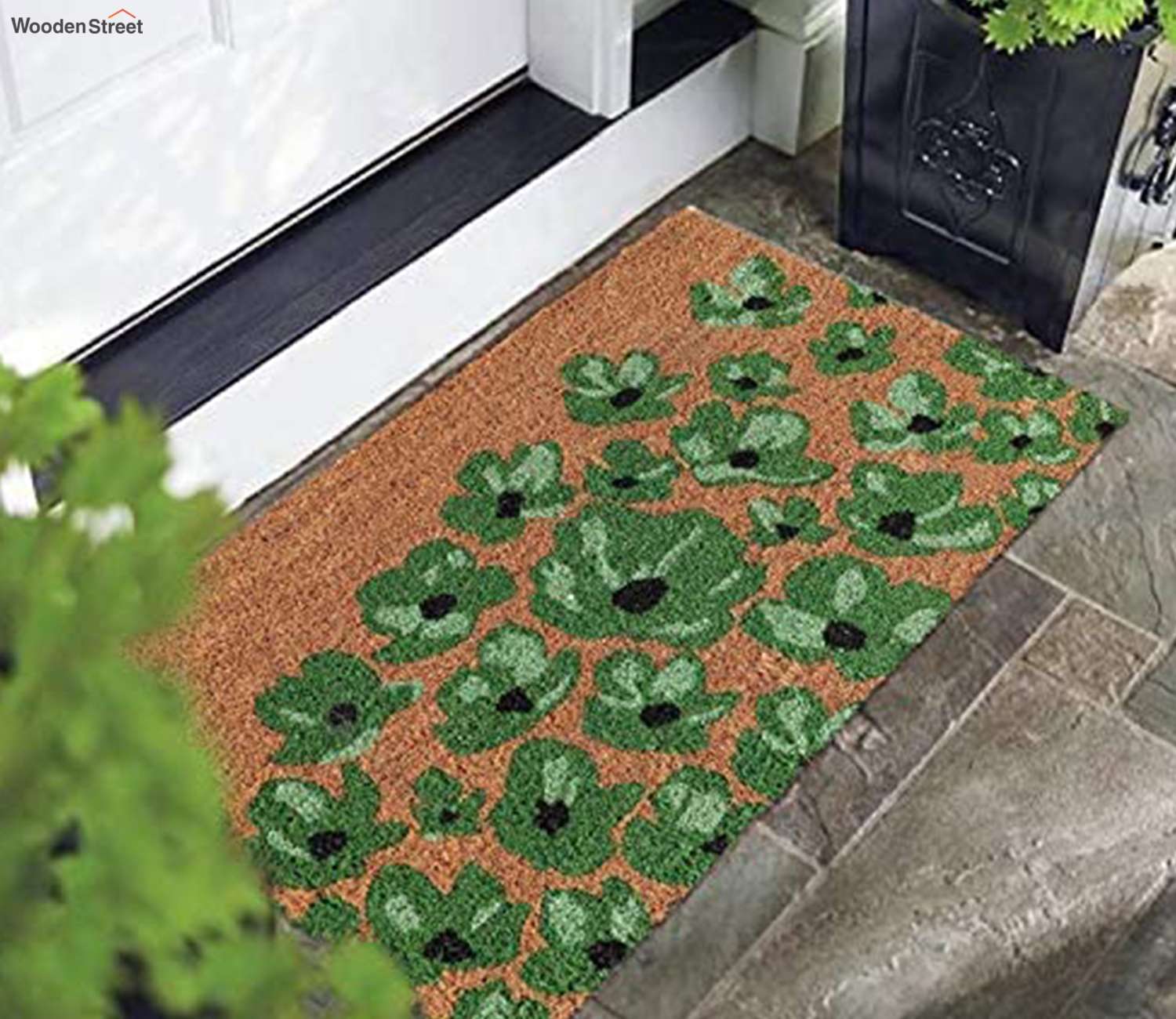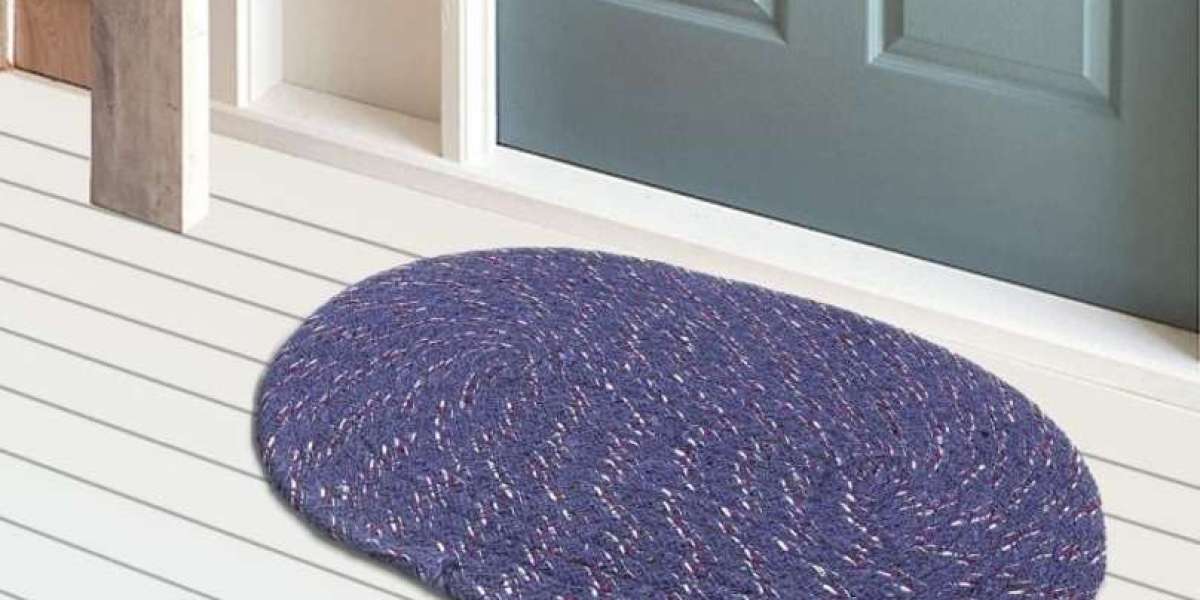Floor mats are often overlooked when designing a home, but they play an essential role in both function and style. The right floor mat can enhance your décor, improve comfort underfoot, and even help maintain cleanliness. But choosing the perfect floor mat for each room requires a balance of materials, design, size, and purpose. Here’s a comprehensive guide to help you select the right floor mat for every room in your home.

Living Room: Style Meets Comfort
The living room is a central gathering space, so the floor mat here should reflect your style while providing comfort and durability. Opt for a floor mat design that complements your furniture and color scheme. A large, soft floor mat placed under the coffee table or in front of the sofa can define the seating area and add warmth.
Materials like wool or high-quality synthetic blends work well in living rooms as they are both cozy and easy to clean. Choose a non-slip backing if you have kids or pets to prevent accidental slips. For modern homes, a floor mat with geometric or abstract patterns can add visual interest.
Bedroom: Softness Underfoot
The bedroom is your sanctuary, and the floor mat should reflect a sense of calm and comfort. Here, focus on plush textures and warm tones. A shaggy or microfiber floor mat on either side of the bed offers a soft landing for your feet in the morning.
If you prefer a minimalist aesthetic, go for a simple floor mat in neutral shades. Choose a floor mat for the bedroom that is easy to vacuum and resistant to stains. Since this room doesn’t get heavy traffic, you can indulge in luxurious options like velvet or silk-blend mats for a touch of elegance.
Kitchen: Function Comes First
In the kitchen, practicality is key. A kitchen floor mat must handle spills, stains, and constant foot traffic. Anti-fatigue floor mats are particularly popular here because they provide cushioning, which reduces stress on your feet and back during long cooking sessions.
Look for a floor mat for the kitchen that is water-resistant, easy to clean, and features a non-slip bottom. Rubber, vinyl, or foam materials work best. Place the mat in front of the sink or cooking area to protect the floor and provide comfort. Bright colors or fun prints can add personality without compromising on functionality.
Bathroom: Water-Resistant and Safe
Bathrooms demand a different kind of floor mat—one that’s highly absorbent, quick-drying, and slip-resistant. A good bathroom floor mat should soak up water quickly to prevent puddles and accidents. Microfiber and memory foam are excellent choices due to their soft texture and water-absorbing capabilities.
Choose a floor mat with a rubber or latex backing to keep it securely in place. Opt for smaller mats near the sink and larger ones for the shower area. Floor mat design in the bathroom can range from simple and spa-like to colorful and patterned depending on your personal style.
Entryway: First Impressions Matter
The entryway is the first thing guests see, so your floor mat here should be both welcoming and functional. Choose a floor mat that traps dirt, moisture, and debris from shoes to keep the rest of your home clean. Coir mats, made from coconut husk fibers, are ideal for scraping mud and dirt.
A stylish floor mat with a bold message or pattern can create a memorable entrance. Make sure it’s weather-resistant if placed outside. For inside use, a washable floor mat is perfect for quick cleanups and maintenance.
Dining Room: Subtle and Stylish
In the dining room, a floor mat can define the eating area and protect your flooring from spills and scratches caused by moving chairs. Choose a flat-weave floor mat that allows chairs to glide easily without getting caught.
Consider a floor mat for the dining room that’s slightly larger than your dining table so the chairs remain on the mat even when pulled out. Materials like jute, sisal, or cotton blends offer durability and a natural look. Stick with patterns or colors that hide stains and crumbs well.
Hallways and Corridors: Durability is Key
Hallways and corridors experience a lot of foot traffic, so floor mats in these areas should be durable and easy to maintain. Low-pile mats or runners are ideal, as they don’t obstruct doors or become a tripping hazard.
Choose a floor mat with a non-slip backing and materials that resist wear and tear. Dark colors or intricate patterns help disguise dirt and footmarks, making them a practical choice for busy spaces.
Kids' Room: Fun and Functional
Kids' rooms are all about color, playfulness, and safety. Look for a floor mat made from non-toxic, hypoallergenic materials. Foam puzzle mats or soft cotton rugs offer a cushioned surface for playtime and reduce the risk of injury during falls.
Floor mat design for children's rooms should be fun and engaging—think animal shapes, alphabets, or cartoon characters. A washable floor mat is also essential, given the higher likelihood of spills and messes.
Home Office: Comfort and Professionalism
A floor mat in your home office should balance ergonomics and aesthetics. Choose a floor mat that supports rolling chairs and protects the floor beneath. If you spend long hours at your desk, consider an anti-fatigue floor mat under your feet.
Stick with clean, professional colors like gray, navy, or beige to maintain a focused atmosphere. Materials such as low-pile nylon or polyester are both functional and easy to clean, making them ideal for work environments.
Utility and Laundry Rooms: Heavy-Duty and Moisture-Resistant
Utility spaces like laundry rooms benefit from heavy-duty floor mats that can withstand moisture and movement. Choose a rubber or PVC floor mat that’s easy to hose down or wipe clean. Anti-slip properties are especially important in these areas where water spills are common.
While the design may not be the priority here, you can still find floor mats in patterns that make the space look neat and organized.
Final Tips for Choosing Floor Mats
When shopping for floor mats online or in stores, keep these key points in mind:
Size: Measure your space before purchasing to ensure the floor mat fits perfectly.
Material: Choose materials based on foot traffic, exposure to moisture, and ease of cleaning.
Design: Consider the color scheme and overall décor of the room.
Functionality: Always prioritize safety features like non-slip backing, especially in wet or high-traffic areas.
Maintenance: Look for washable or low-maintenance options for busy households.
Conclusion
Floor mats are more than just accessories—they’re practical elements that contribute to the comfort, safety, and aesthetics of your home. Whether you're looking for a floor mat for the kitchen, bedroom, bathroom, or any other room, selecting the right type ensures longevity and style. Explore different floor mat designs and materials that best suit your home’s unique needs, and transform each room with the right foundation underfoot.


